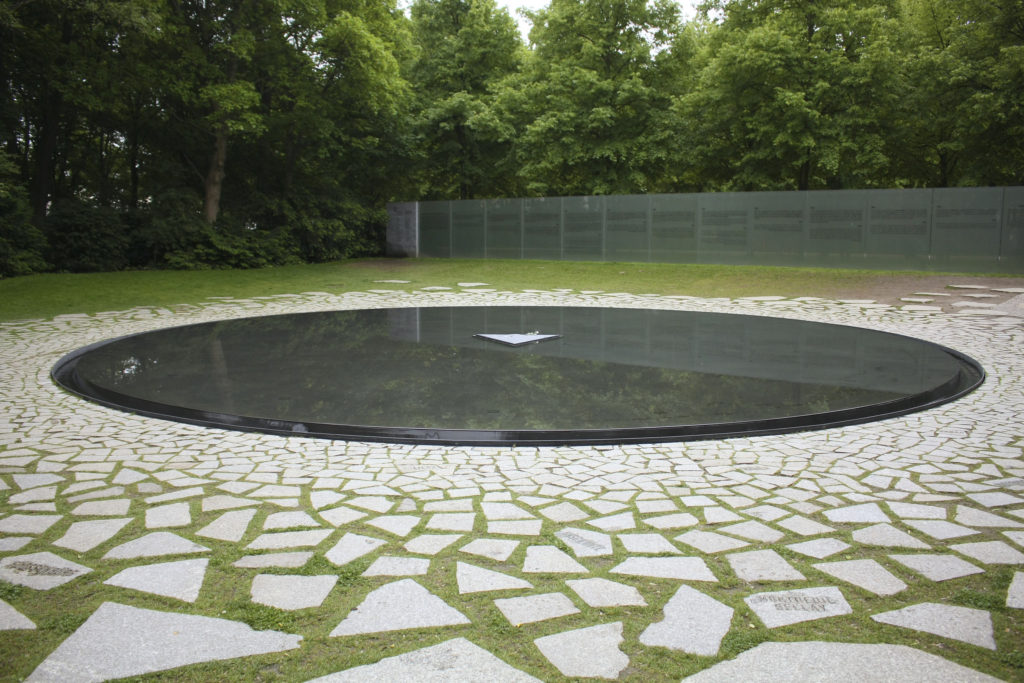Originally published at MintPress News.
AUSTIN, Texas — According to most figures, about 6 million Jews died at the hands of the Nazis and their supporters in the Holocaust, one of the most disturbing examples of genocide in human history. But the Nazis took around 11 million lives, leaving another 5 million dead that are all too often overlooked or forgotten when in discussions of this grim period of history.
Terese Pencak Schwartz is a Polish-American Jew, born of two Holocaust survivors who were not Jewish. Because she identified strongly with her family history, Schwartz realized there was a crucial piece missing from the history of that time period. “The impression I got was that people were not aware of any other Holocaust victims except Jews,” she wrote on Remember.org in 1997. “This concerned me greatly.”
Schwartz acknowledged that the Nazis sought the total destruction of the Jews, “a significant fact that I do not repudiate, nor want to diminish in any way,” then continued:
“But what about “the others”? There were five million of them. Who were they? Whose children, whose mothers and fathers were they? How could five million human beings have been killed and forgotten? Thus, I began my search.
Schwartz’s research found that during the invasion of Poland, German armies committed a systematic destruction of Polish society, especially targeting the country’s most educated. The Nazis, she found, sought genocide against not just against Jews, but against Polish culture and the country’s Catholics:
During the war, Poland lost 45% of her doctors, 57% of her attorneys, 40% of her professors, 30% of her technicians, more than 18% of her clergy, and most of her journalists. Poland’s educated class was purposely targeted because the Nazis knew that this would make it easier to oversee the de-Polonization campaign and control the country.
Russians also died by the millions during the German invasion and their lengthy battle to defend their country. According to Gendercide Watch, a site documenting mass killings of men or women:
In a mere eight months of 1941-42, the invading German armies killed an estimated 2.8 million Soviet prisoners-of-war through starvation, exposure, and summary execution. This little-known gendercide vies with the genocide in Rwanda as the most concentrated mass killing in human history.

Roma Gypsies were one of the other groups worst affected by the Holocaust. According to Louise Ridley,writing in January for Huffington Post UK, this ethnic group was considered “‘racially impure” by the Nazis and up to 1.5 million died in what is also known as the Porajmos (“mass killing” in Romani).” In 2012, Germany unveiled a memorial to the Roma people in Berlin “after years of delays and disputes over the memorial’s design and its cost,” according to the BBC.
Another major target of the Nazi genocide were LGBT people, particularly gay men, Ridley wrote:
An estimated 100,000 were arrested and some sent to prisons, while between 5,000 and 15,000 were sent to concentration camps, where some were forced to wear pink triangles on their uniform to denote being gay. As many as 60% of those send to the camps perished, according to German LGBT scholar Rüdiger Lautmann.
Berlin opened a monument for LGBT victims of the Holocaust in 2008, according to Queerty. In 2012, the Advocate reported the death of Gad Beck, the last known gay man to survive imprisonment during the Holocaust. His story was a tragic one, according to the Advocate’s Neal Broverman:
In a heartbreaking turn, the young man tried to rescue his Jewish boyfriend, donning a Hitler youth uniform in an unsuccessful effort to free his lover from a holding camp. Beck’s boyfriend, and the boyfriend’s family, were carted off to Auschwitz and murdered.
Another demographic targeted for atrocities, according to Ridley, were people born as twins, who were brutally tortured and killed by an infamous Nazi researcher:
Josef Mengele, the Nazi doctor at Auschwitz, was fascinated by identical twins and tortured them for horrific experiments, under the precept of furthering his research into genetics. … A pathologist who worked with him has recalled Mengele personally killing 14 twins in one night, with chloroform injections to their hearts.
And the disabled and mentally ill, she writes, were also considered “unworthy of life” in the Nazis’ terrible quest for genetic purity:
Institutions were turned into mass killing centers, with SS officers wearing lab coats to keep up the appearance of a medical program. Families were told their relatives had died from illness and given faked death certificates, when in reality up to 300,000 people in German (sic) and Austria were systematically murdered, usually in gas chambers disguised as showers. Their organs were used for experiments.
Nothing can diminish the horrors the Jews experienced during World War II and the Shoah, but, as Schwartz wrote almost 20 years ago:
It would be very sad to forget even one precious life extinguished so ruthlessly. It would be a tragedy to forget five million.